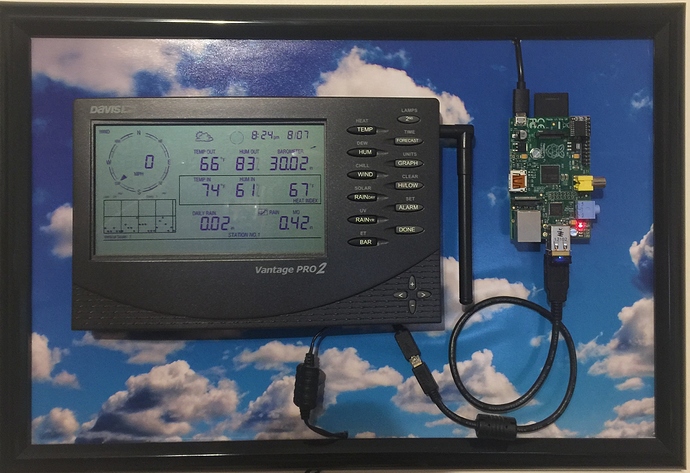There is no question that an onsite weather station will be more accurate than a nearby commercial weather station. The issue is really cost, reliability, and not fooling yourself to think that if you have more accurate weather information the Rachio will do a precise calculation of watering needs and you will not have do anything further.
The formulas used in Rachio are based on estimates of several variables, many of which are not precise. For example, soil type is estimated by the user, not generally analyzed by a lab. Moisture penetration (depth after watering) is not usually sampled by users, and if it is, it is not usually sampled in all areas of irrigation where many variables such as spray spacing, water pressure, pipe-sizing also play a role in how “even” the water is distributed. We have an efficiency coefficient in the Rachio that is an estimate of this water “eveness” of distribution. Drip irrigation systems are not uniform in their distrubition of moisture and are highly dependent on spacing of the drippers to determine an approximately equivalent precipitation rate. The use or non-use of mulch greatly affects the watering needs. The user has to estimate “root depth” of their plants. Each one of these parameters is subject to error in estimating the correct value.
With all of these variables, it is apparent that the Rachio calcualtion is a good first start, but some fine tuning is necessary to ensure you are getting the watering depth and frequency that is best for the plants. When you fine tune the end result, you will be taking into consider not only errors in estimates for soil type, root depth, efficiency coefficient, but also some errors between internet weather report and actual onsite weather.
I guess my point is that the fine tuning is necessary regardless of how good your weather reporting is, and the fine tuning will also compensate for some inaccuracy of the weather report. Given that you should be fine tuning the end irrigation solution, is spending money and time on a onsite weather station going to improve your results enough to be worth the effort?
Weather stations costs money. If you avoid spending money by tapping into your neighbors weather station, you don’t know if it wil be reliable and maintained as a commercial weather station will be and if errors in function will be detected. You will therefore have to monitor this weather station for accuracy, something you will not have to generally do with a commercial weather station.
There seems to be great enthusium for “very accurate weather” input into Rachio. But, you have to weight this against all the other factors that are only “estimates” of watering needs and the need to fine tune the final result regardless of weather accuracy. The fact that your weather from the internet may not be exactly what you are experiencing is probably not a very significant factor relative to all the other “estimate errors” that go into the calculation that Rachio and the user are making in setting up their irrigation system.
Certainly there is a “hobby interest” in setting up a weather station. It is an educational experience that in itself is often worth doing.


